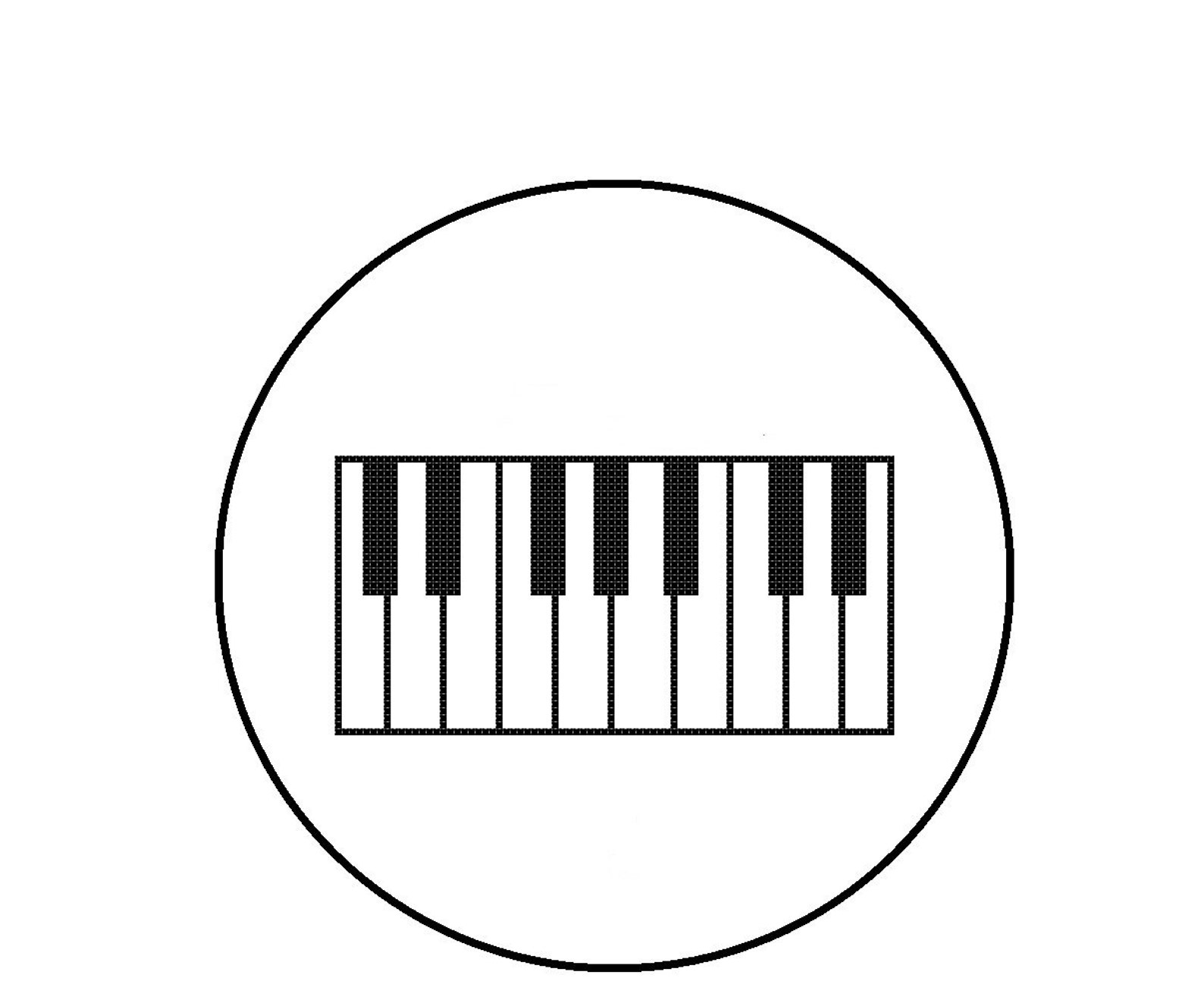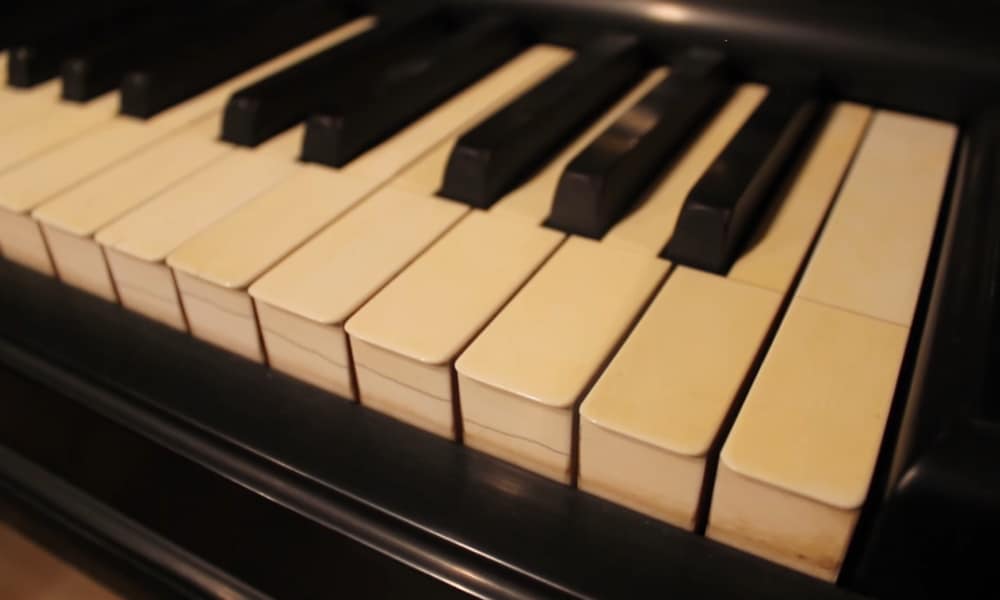

The key of a piece of music can be found by examining the key signature, chords, and melody of the piece. The circle of fifths is a helpful visual tool to find the chords in a key. Overview of the chordsīelow is an overview of the chords for each of the seven degrees in major keys with up to six sharps or flats. In minor keys, the chords have the same names, except for the last chord, which is called the subtonic chord, because minor keys do not have a leading tone on the seventh degree. The chords at each stage of the major keys are called tonic chord, supertonic chord, mediant chord, subdominant chord, dominant chord, submediant chord, and leading-tone chord. Below are the chords in C major with an added seventh: It is relatively common to add a seventh to the chords, especially to the chord on the fifth degree. The chords in a key can be varied by adding one or more notes. In C major the chords most used are C, F and G, and in A minor they are Am, Dm, and Em (or E if the chord is played as a major chord). Relative keys such as C major and A minor share all the same notes and chords, but the chords used most on the first, fourth and fifth degree of the key are different. By changing the chord to E (consisting of the notes E, G ♯, and B), the note G ♯ is included in the chord, which is the leading tone to A, which is the root note of the key. In the example above, the chord on the fifth degree is an Em (consisting of the notes E, G, and B). By changing the chord to a major chord, the leading tone of the key is included in the chord, which then has a greater force of attraction towards the chord on the first degree. However, in minor keys it is common to play the chord on fifth degree as a major chord instead of a minor chord. In minor keys all three are minor chords. In minor keys, as in major keys, the chords of first, fourth, and fifth degree are most commonly used. Normally, enharmonic equivalent keys are used ( D ♭ major/ B ♭ minor and B major/ G ♯ minor) with five sharps or flats instead, as they are easier to read. Keys with seven sharps or flats ( C ♯ major/ A ♯ minor and C ♭ major/ A ♭ minor) are rarely used. The key of G ♭ major and E ♭ minor are the enharmonic equivalents to F ♯ major and D ♯ minor, respectively. notes that fall on the same key on the piano) that have different names and notation are called enharmonic keys. Below is an overview of flat key signatures: Major Please note that it corresponds to the order of sharps but in reverse order. The order of the flats can be remembered with the saying ‘ Battle Ends And Down Goes Charles' Father’. The root note of a major key is identical with the second last notated flat in the key signature (with the exception of F major). For example, the key of F major (a perfect fifth below C major) has one flat, and the key of B ♭ major (two perfect fifths below C major) has two flats. Key signatures » More than three accidentals » Sharp keys Flat key signaturesĮach time the root note is lowered by a perfect fifth from C major, a flat is added to the key. Key signatures » Up to three accidentals » Sharp keys Below is an overview of sharp key signatures: Major The order of the sharps can be remembered with the saying ‘ Father Charles Goes Down And Ends Battle’. The root note of a major key falls a half step above the last sharp in the key signature. For example, the key of G major (a perfect fifth above C major) has one sharp, and the key of D major (two perfect fifths above C major) has two sharps. MajorĮach time the root note is raised by a perfect fifth from C major, a sharp is added to the key. If you remember the major keys, you can easily find the relative minor keys by going down a minor third from the root note of the major key. The circle of fifths is a helpful visual aid tool to remember the keys and their key signatures. Keys with up to three sharps or flats are the most common.

All other keys have between one and seven sharps or flats. The relative keys C major and A minor have no sharps or flats in the key signature. The key signatures determine the notes of the music piece, and thus either a major key or its relative minor key.īelow is an overview of the keys and key signatures. In music notation the keys are indicated with a key signature at the beginning of the staff immediately after the clef. Minor keys differ from major keys in that the third, sixth, and seventh degrees in the key are lowered by a half step.


 0 kommentar(er)
0 kommentar(er)
